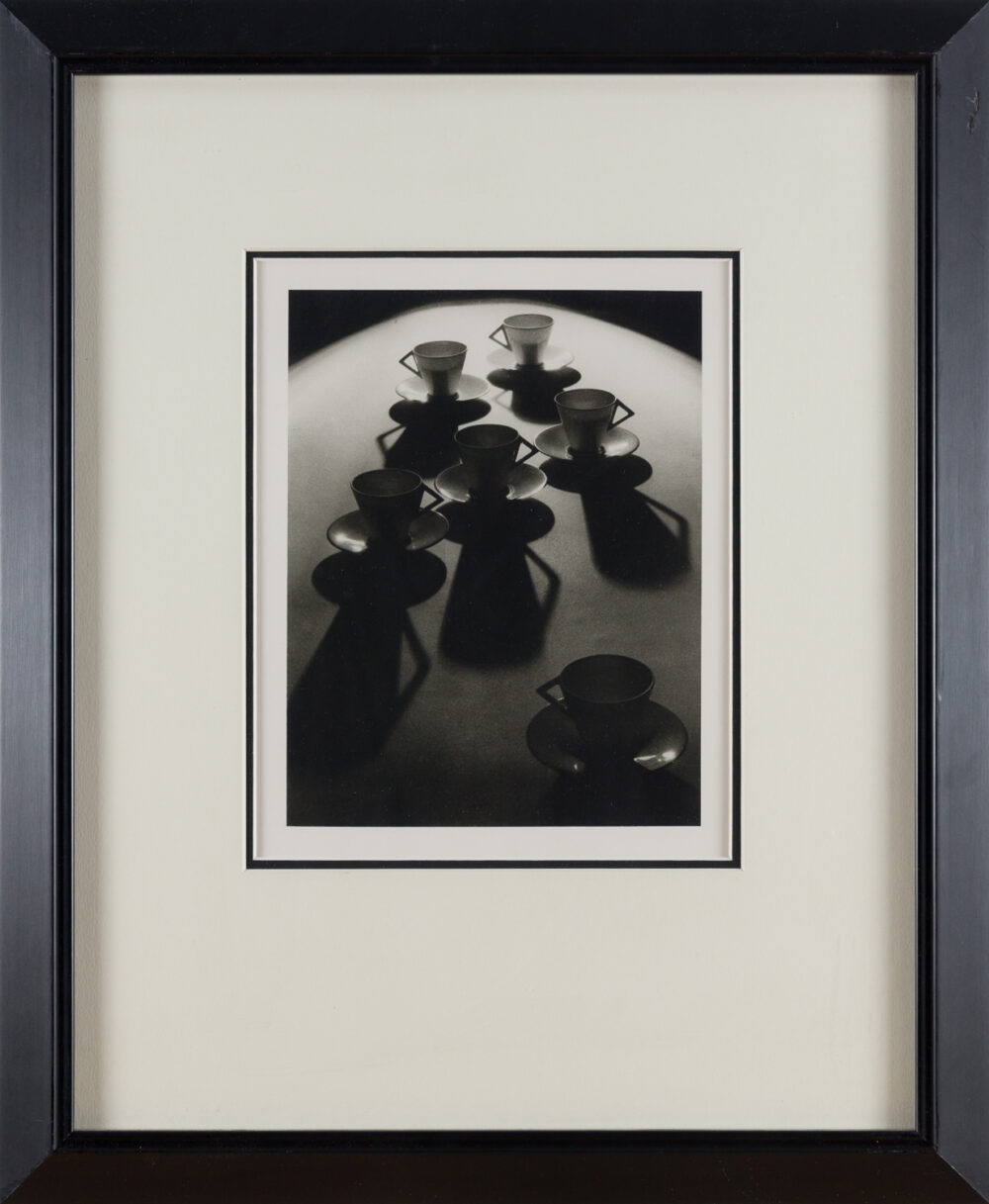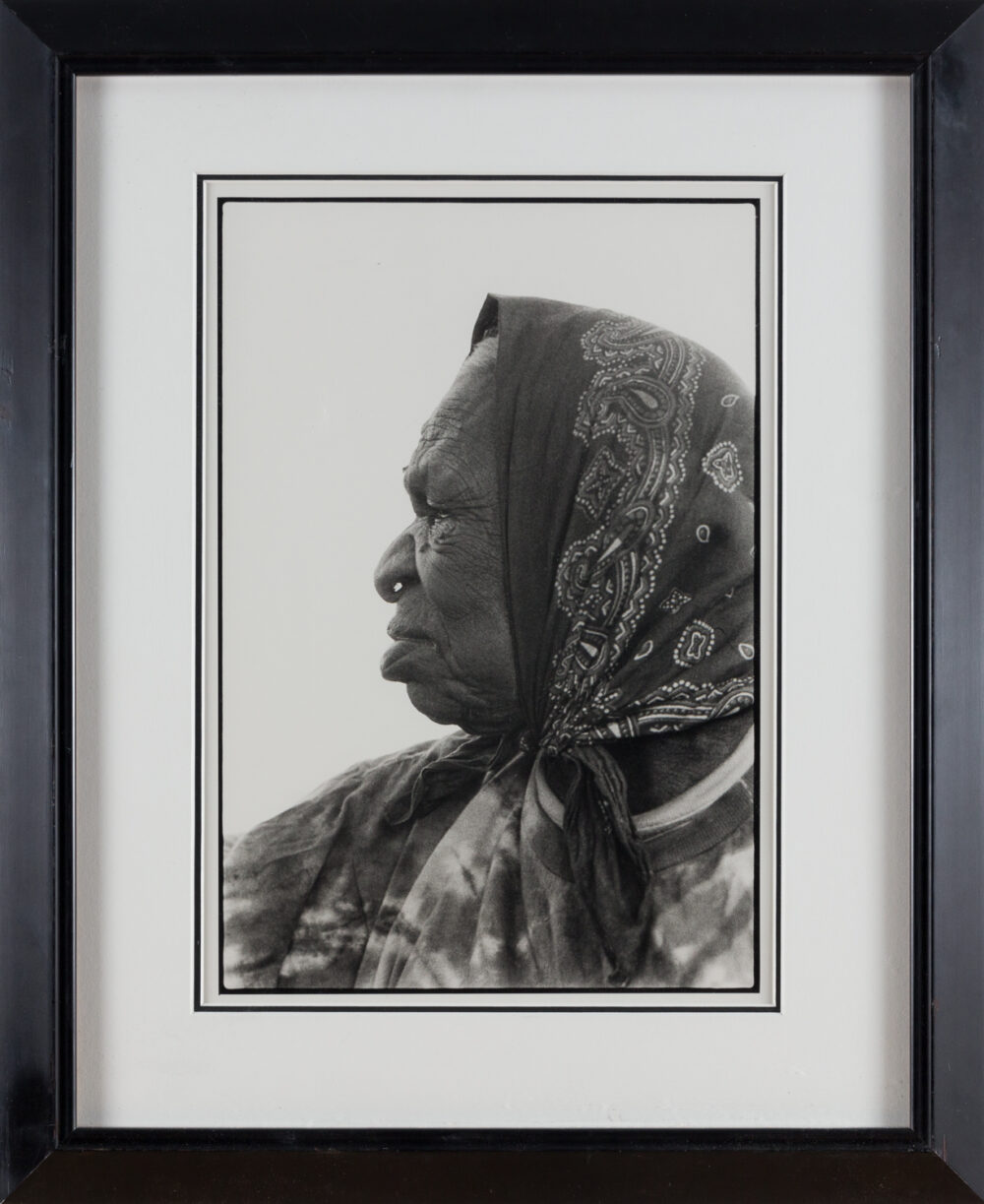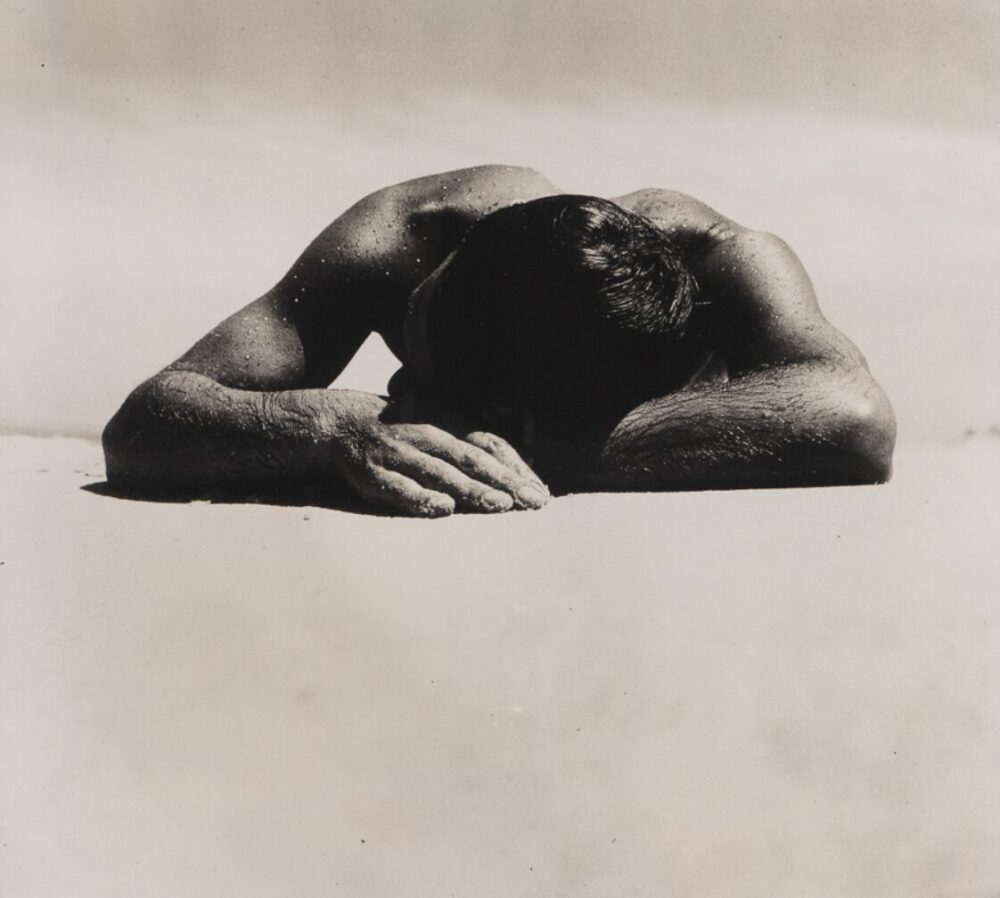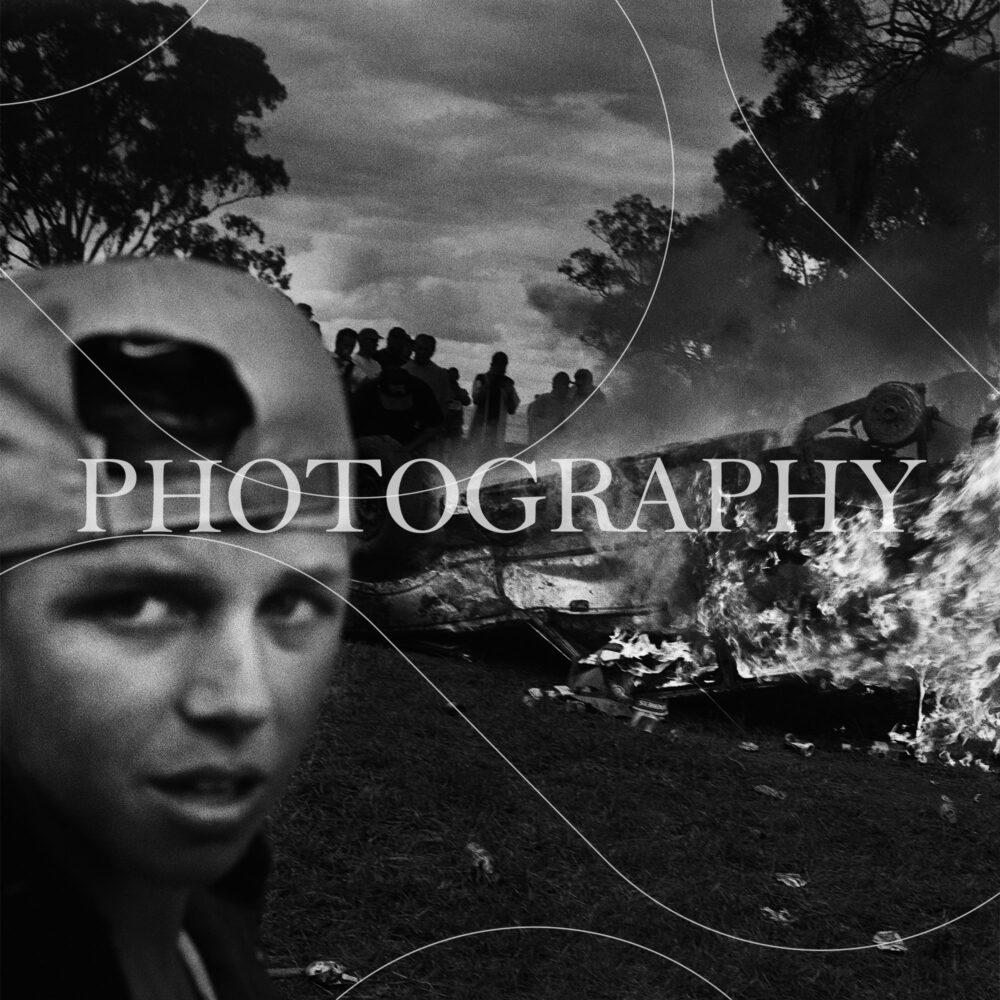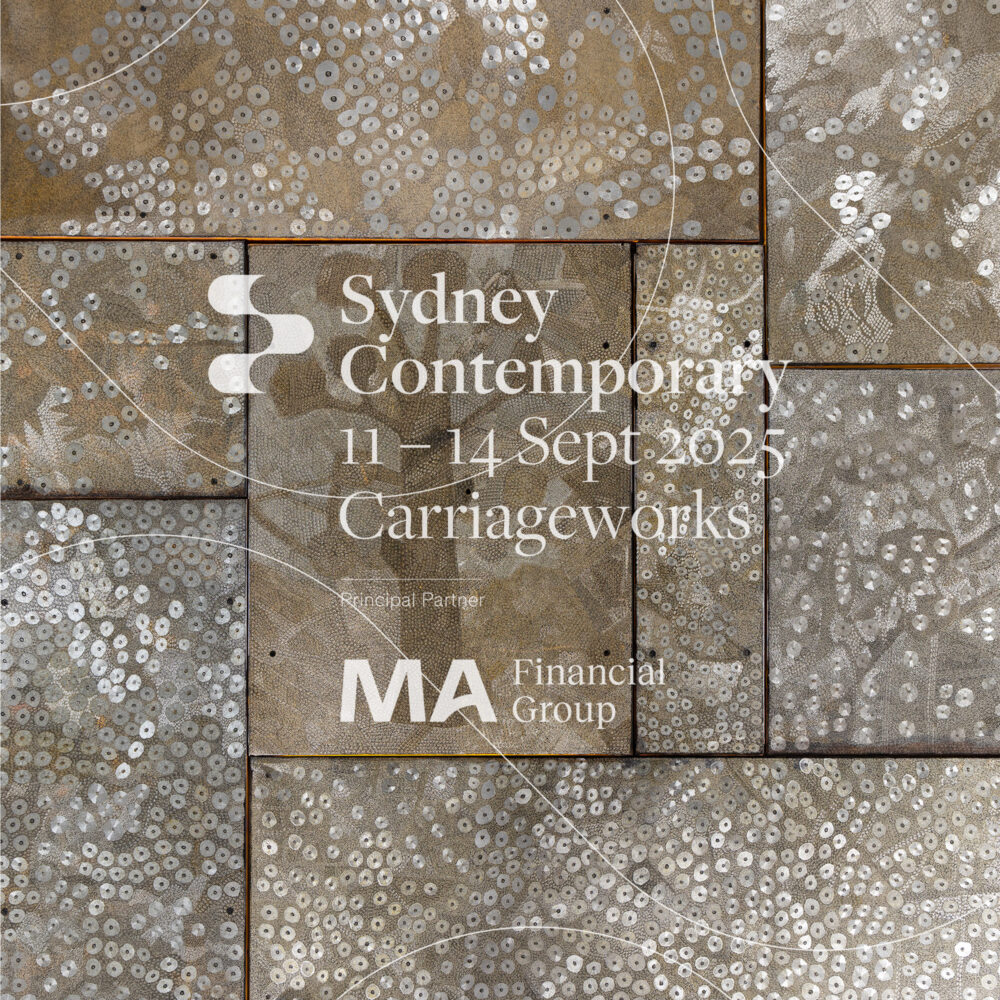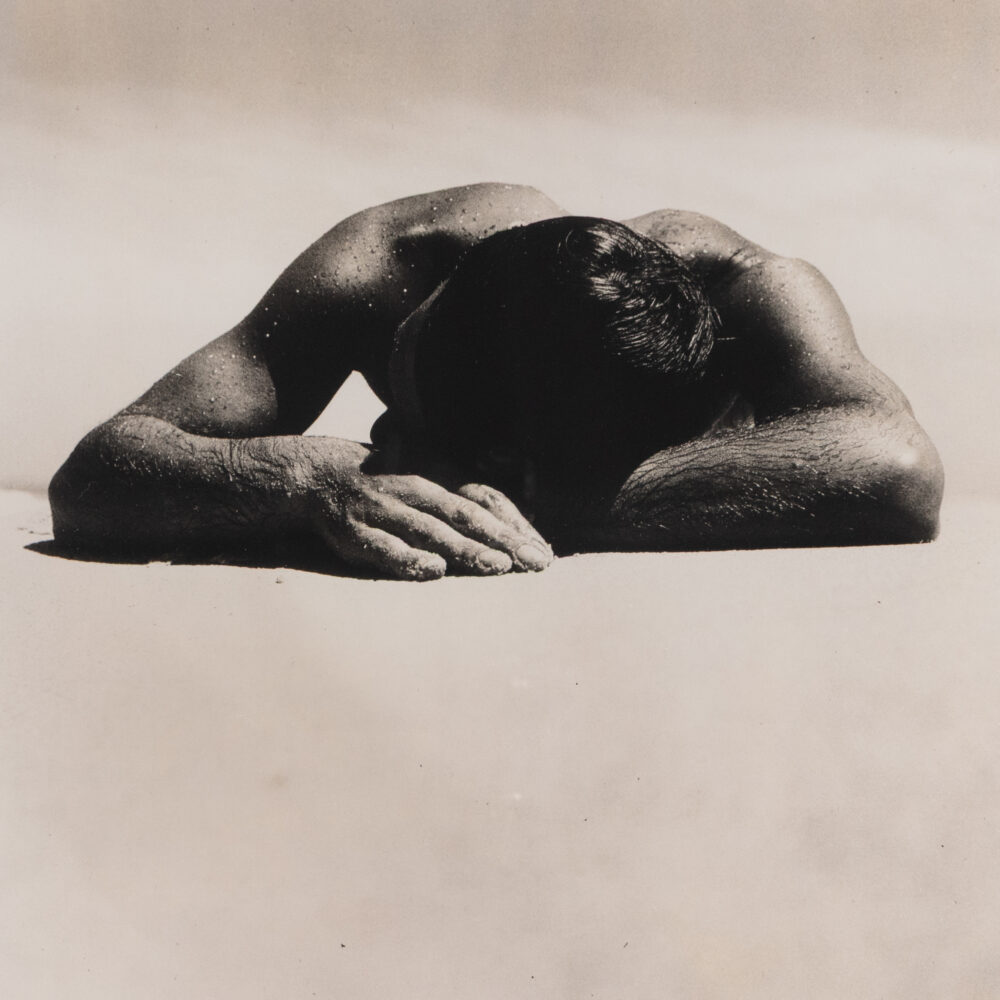20th Century Photography
Heroic images of our unique natural light, the vast space we inhabit, and the splendid isolation in which all this is framed are too readily associated—almost exclusively—with the late 19th-century Impressionist School of Australian art. However, photographers arrived in Australia as early as the 1840s. They were the first group of art professionals to, figuratively speaking, “see the light.”
Leading exponents of early Australian photography—John Lindt, Charles Kerry, Richard Daintree, Nicholas Caire, and Charles Pickering—predated the Heidelberg School, bathing their subjects and landscapes in a world of shadow and sunshine. It was early Australian photographers, not Australian Impressionist painters, who first mined the unique qualities of our light, landscape, and people.
Much of contemporary Australian photographic practice draws inspiration from the artists of the late 19th century. Over the 20th century, Australian photography evolved from documentary realism to conceptual and artistic experimentation. Early photographers like Max Dupain and Olive Cotton captured striking black-and-white images, with Dupain’s Sunbaker (1937) becoming iconic. Wolfgang Sievers and David Moore shaped modernist and humanist photography, while Carol Jerrems’ most famous photograph, Vale Street (1975), is a striking portrait of three young men and a seated woman, evoking themes of power, vulnerability, and gender roles. Her work was deeply influenced by a commitment to social realism and often featured marginalized or countercultural subjects. Mervyn Bishop documented Indigenous life, pioneering First Nations representation. By the late 20th century, many Australian contemporary photographers staged narratives blurring fact and fiction.
Increasingly, 20th-century Australian photography engaged with identity, landscape, and cultural politics, cementing its central role in contemporary Australian art.


